For some, an old photograph loses its charm when "restored" to modern day clarity with all the age spots removed. Some photographs however, benefit greatly from just a nudge of enhancement. An improved contrast or the reversal of the yellowing brings out details that otherwise would have been missed and lost forever.
To please both camps of those who rescue old photographs, here are both the originals and the enhanced of just a few of the latest additions to Lost Gallery.
The old tintypes need a little boost sometimes. Instead of fading, the light parts of the photograph darken. By nature, a tintype is a bit dark to begin with.
Eventually, over time, depending on the care given them, they are lost in the dark shadows of obscurity. Here are a few that were brought back by adjusting the contrast a bit.
They are enlarged slightly for this page too. It's for the details.
And here are some other BACK PAGES featuring the TINTYPE photograph:
Tintypes - Page Three (This One)
Tintypes - Page Two
Tintypes - Page One
And here are some interesting examinations:
Out of the Darkness - Look what I found
Out of the Darkness - A Set from a Bag
Out of the Darkness - Special Group
Note: All of the tintype pages have had extensive revisions so they are being republished.
Can't get enough?
Here are some other BACK PAGES featuring the TINTYPE photograph:
Out of the Darkness - Rescuing Old Tintypes - Page One
Out of the Darkness - Rescuing Old Tintypes - Page Two
Out of the Darkness - Rescuing Old Tintypes - Page Three (This one)
Out of the Darkness - Rescuing Old Tintypes - Page Four
And here are some interesting examinations:
Out of the Darkness - Look what I found
Out of the Darkness - A Set from a Bag
Out of the Darkness - Special Group
Go back to THE MAIN INDEX PAGE
There are now more than 4,000 photographs in the Lost Gallery. Or try out the NEW BACK PAGE INDEXThe most popular photographs 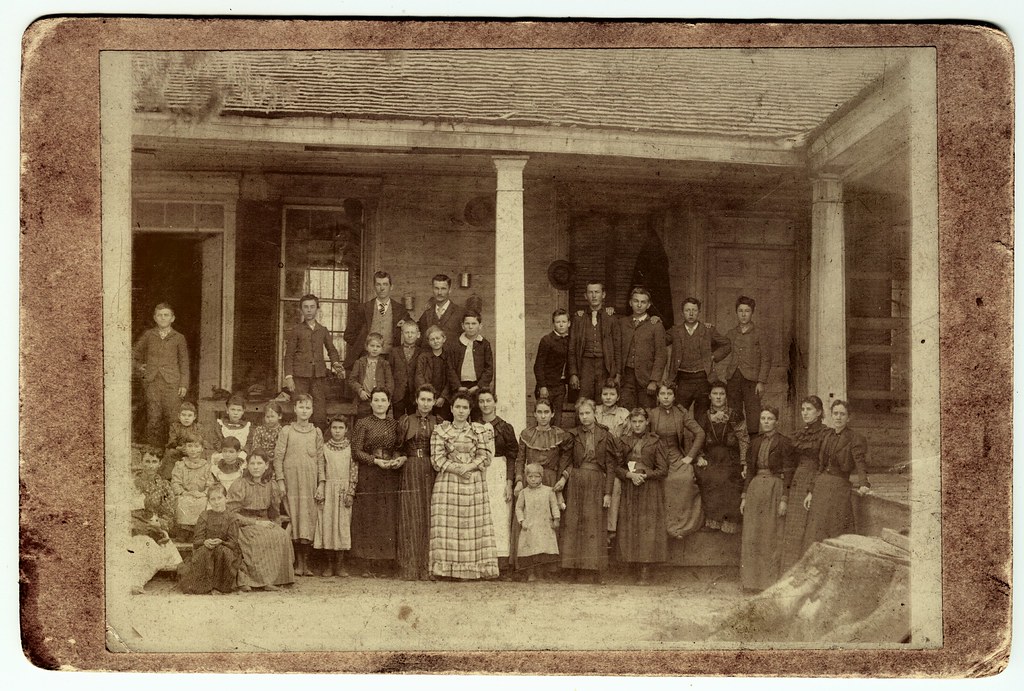 An album of the most requested photographs in the Lost Gallery.
An album of the most requested photographs in the Lost Gallery.
Area 51 and a Half 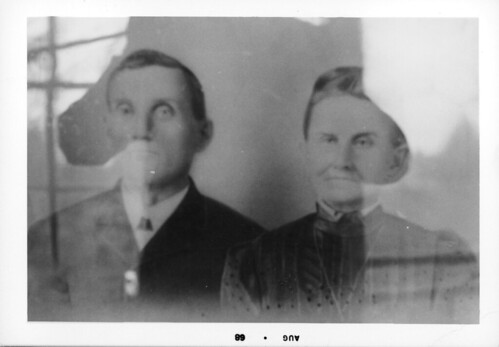 You are probably not authorized to see these.
You are probably not authorized to see these.
Don't take my picture! Oh! You DID didn't you! 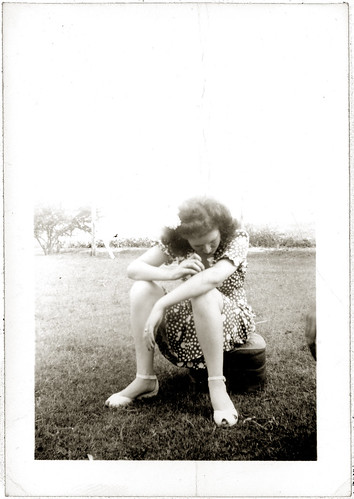 This is a collection of photographs that disappear on the way home from the photo processing shop.
This is a collection of photographs that disappear on the way home from the photo processing shop.
And don't missCabinet Card GalleryOne Man's TreasurePenny TalesSquare AmericaTattered and LostVernacular PhotographyThe bestFOUND PHOTOGRAPHsites on the web. And for postcards try THE DAILY POSTCARD. POSTCARDY
All images are the property of Lost Gallery and the author. Permission must be granted for their use. All rights reserved.
THE KIDS 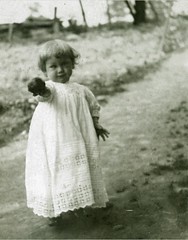 It is always a mystery how a photograph of any of these precious children could end up lost or abandoned. Here are a few. You will probably say "Ooh..." at least once.
It is always a mystery how a photograph of any of these precious children could end up lost or abandoned. Here are a few. You will probably say "Ooh..." at least once.
Dee and the Business School 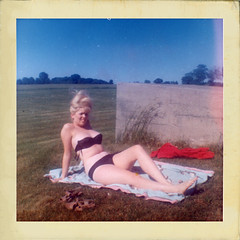 The beautiful Dee. A curious story; What do you see?
The beautiful Dee. A curious story; What do you see?
WHAT'S GOING ON HERE? "What are they doing?"
"What are they doing?"




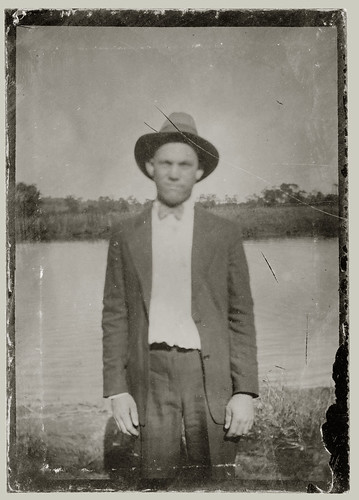
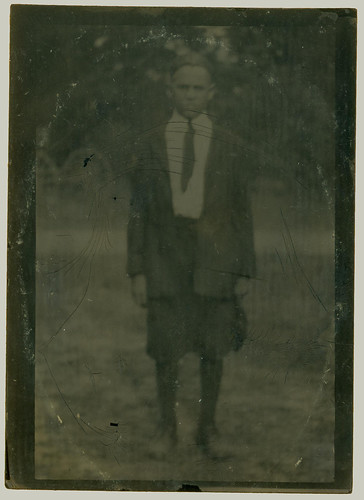
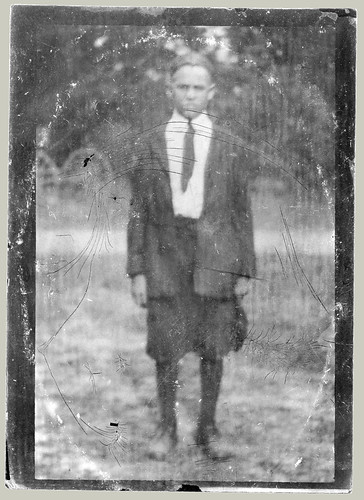
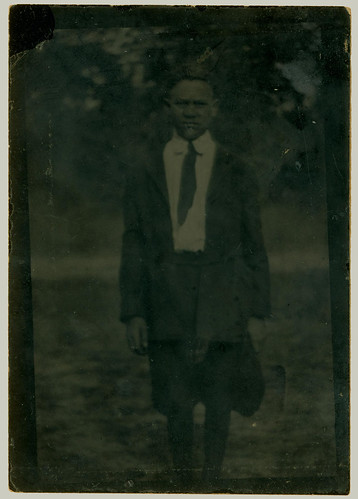

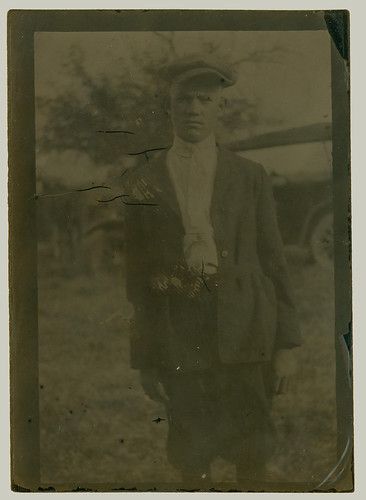
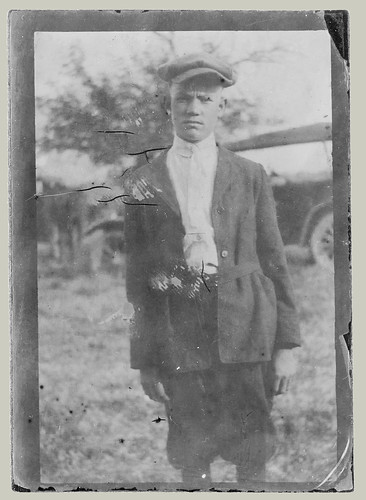
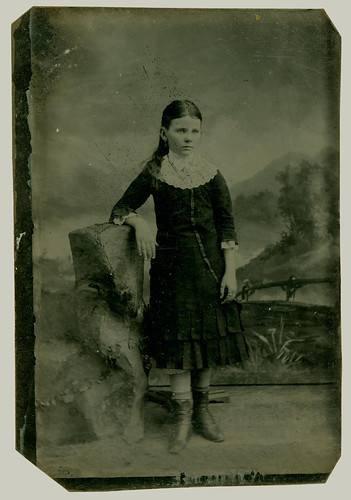
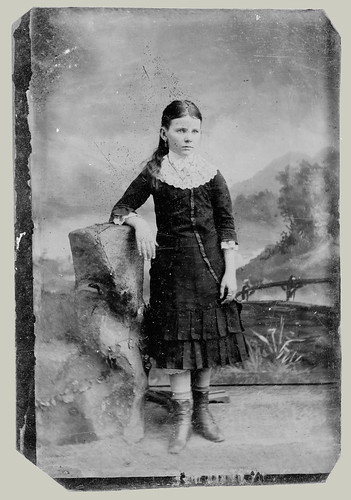
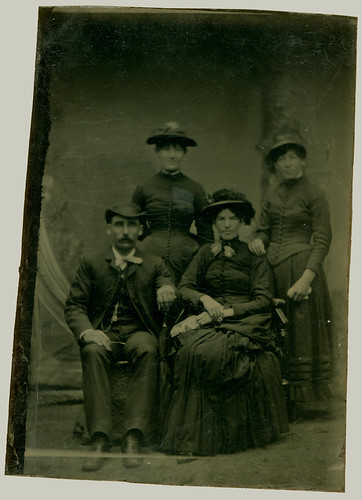

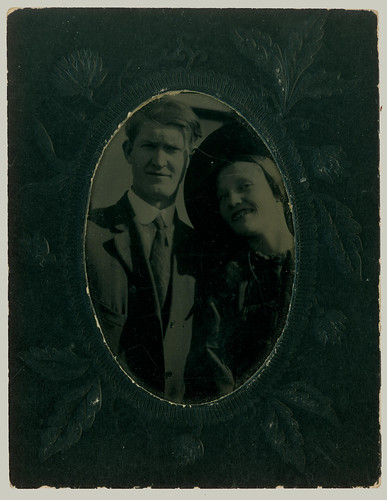
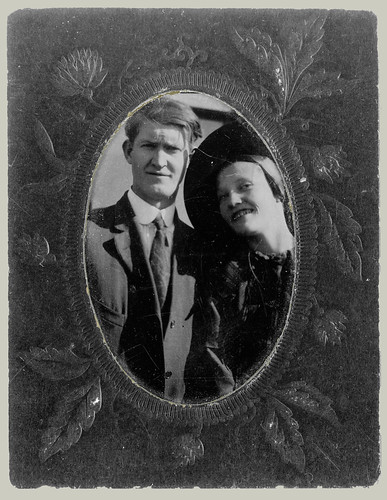
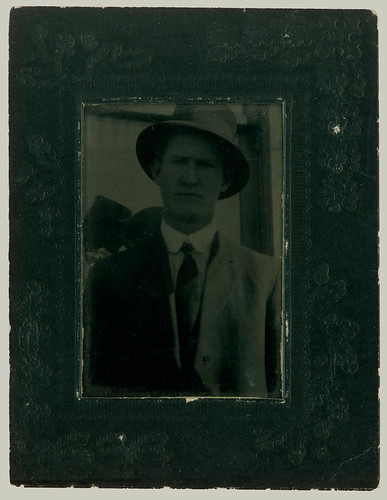
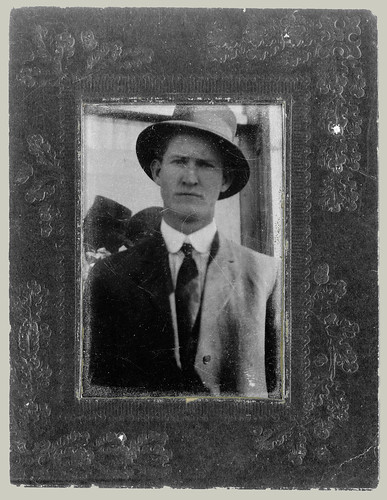

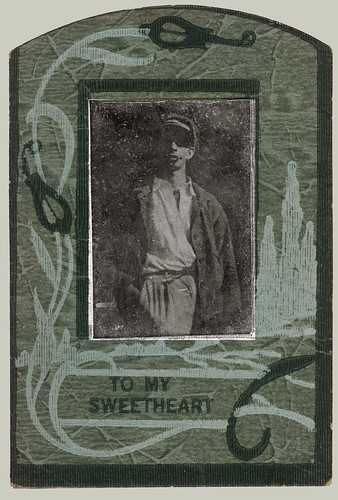
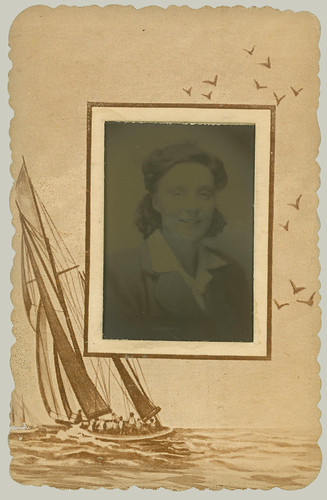

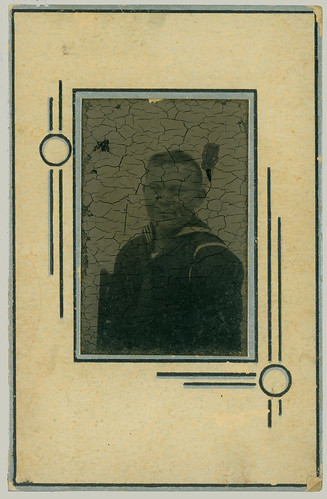
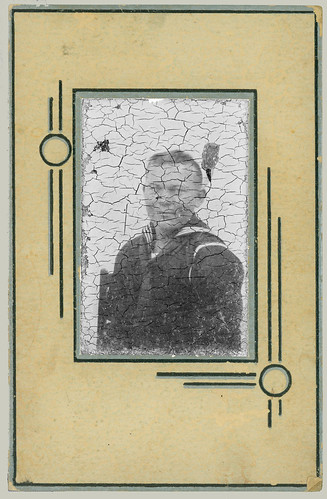
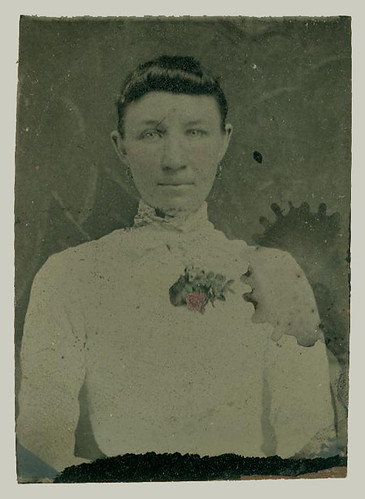
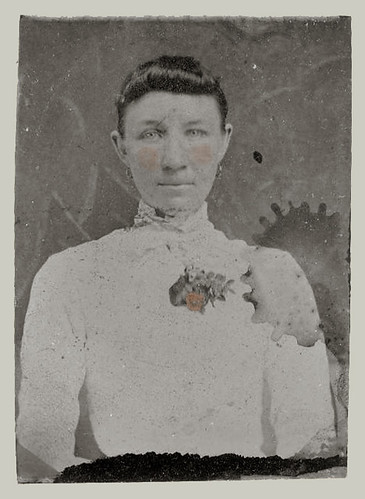
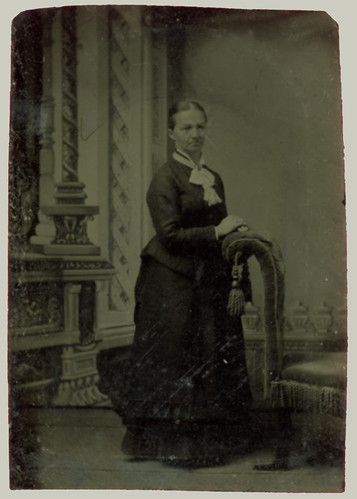
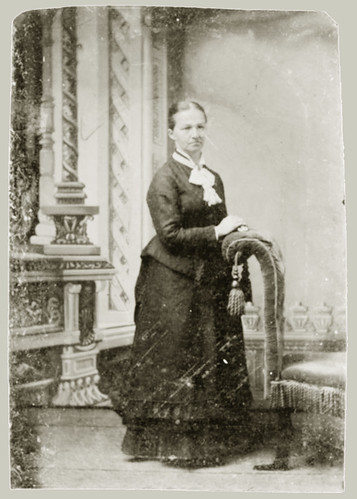
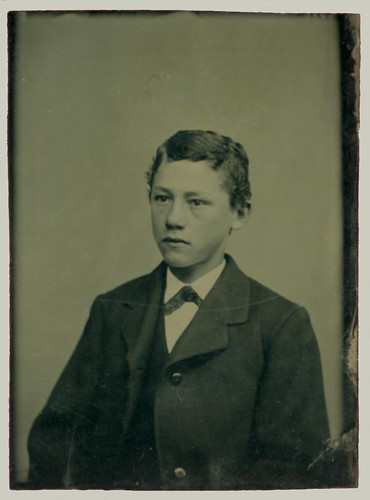
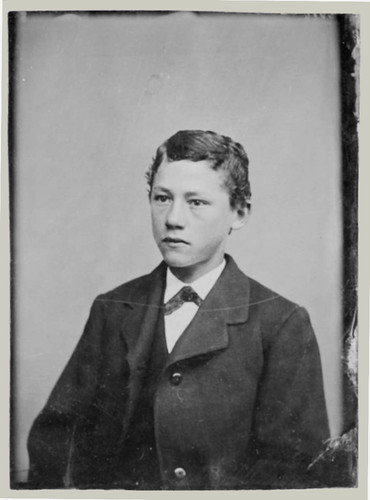
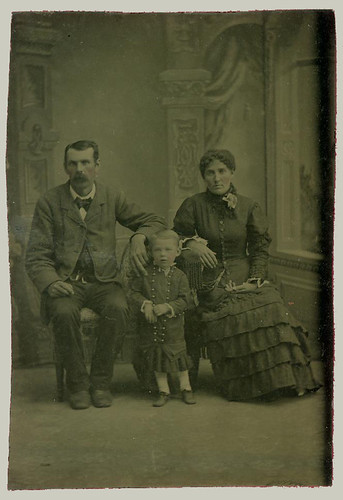

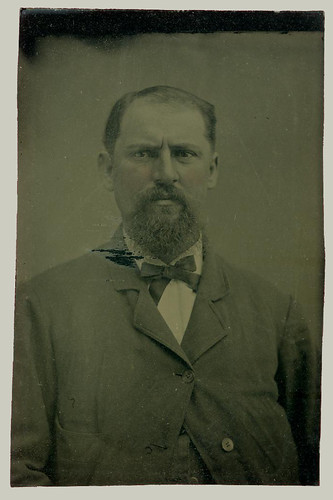
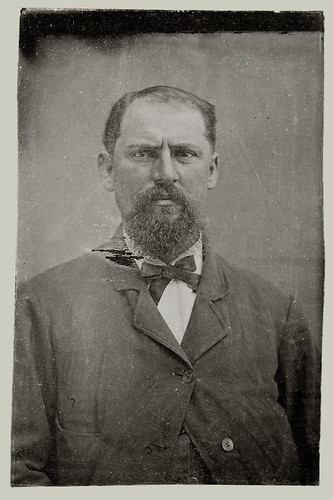
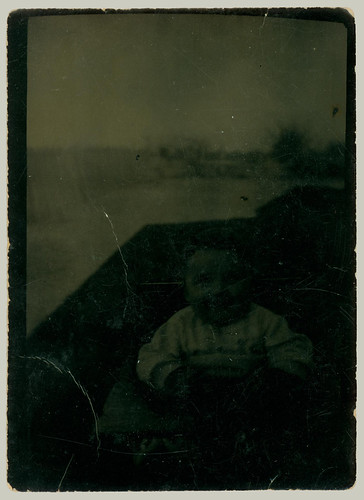
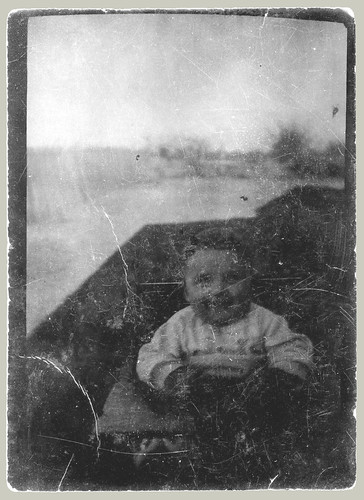
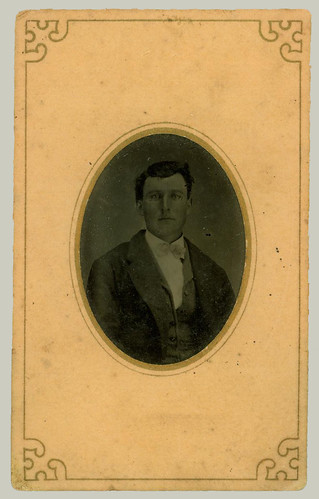
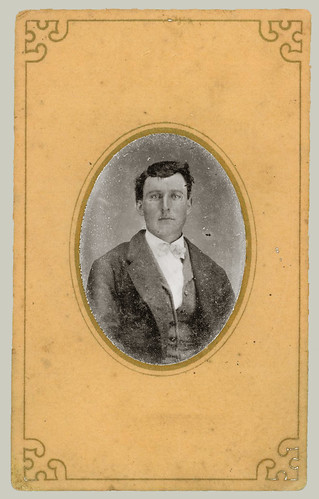
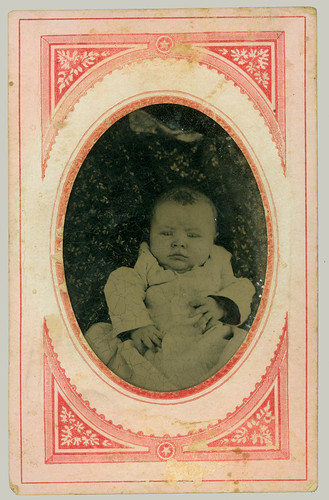
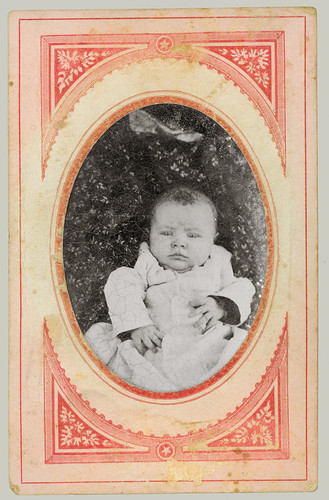
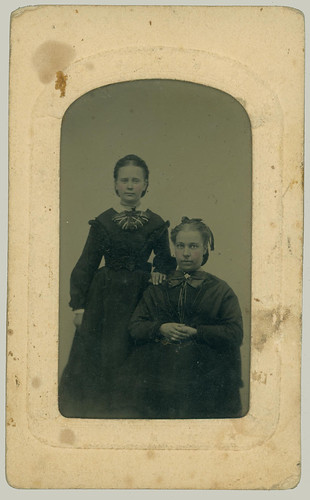
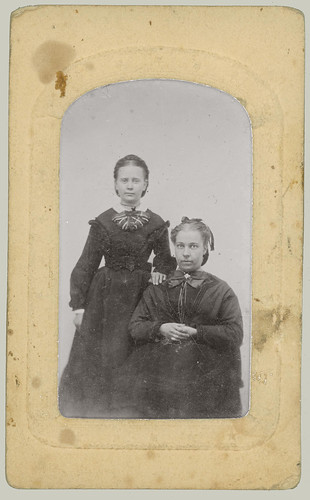
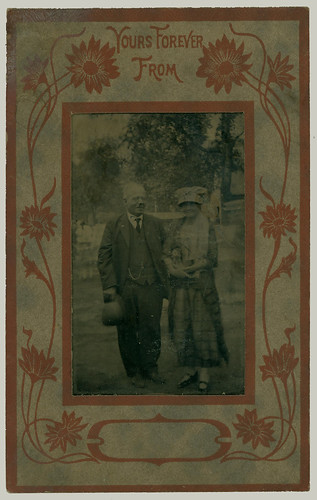
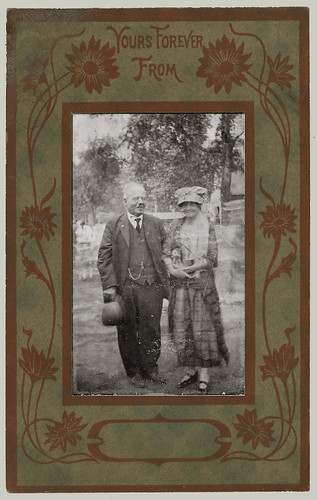
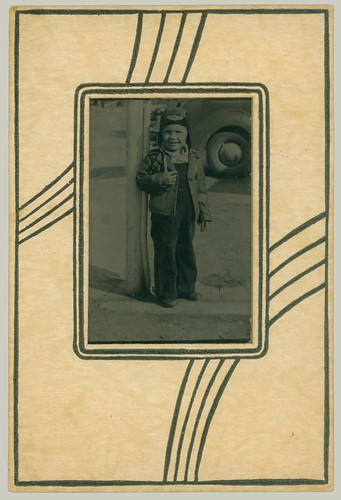
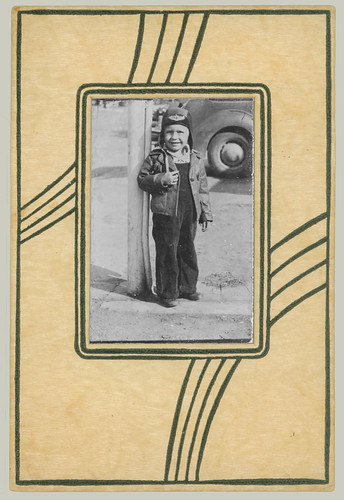
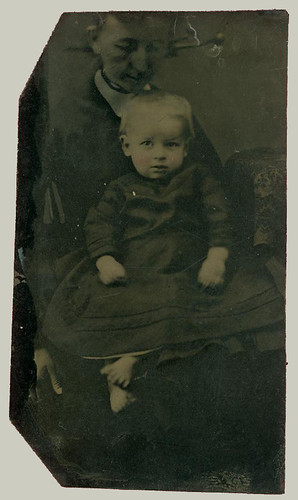
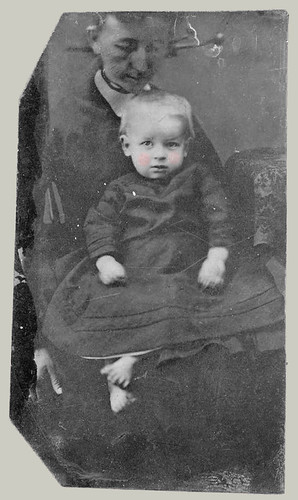
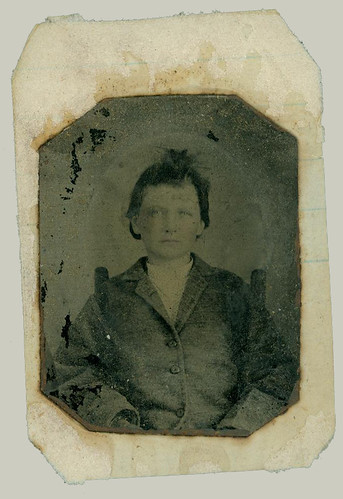
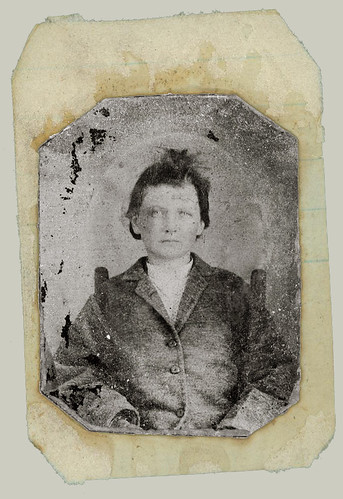
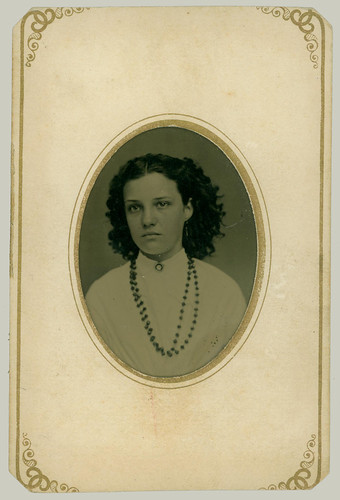

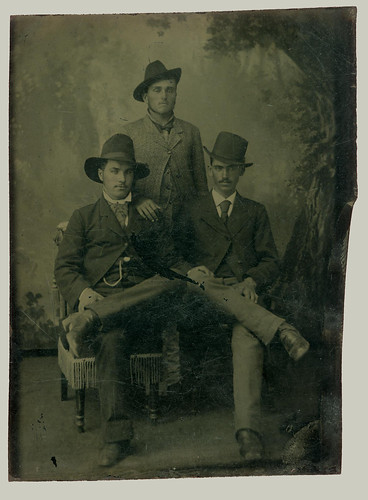
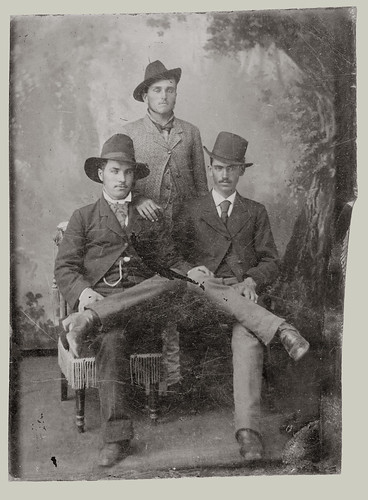


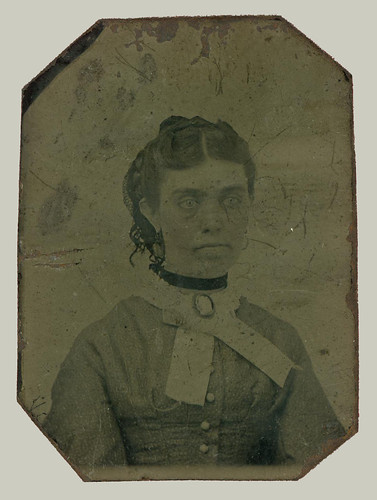
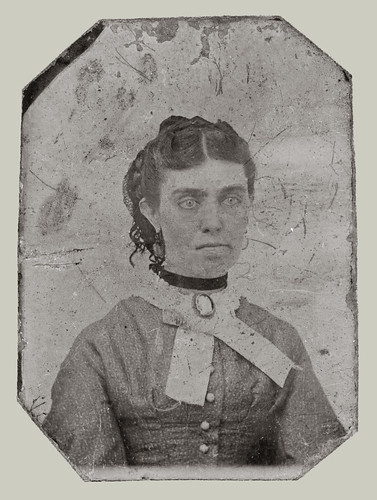
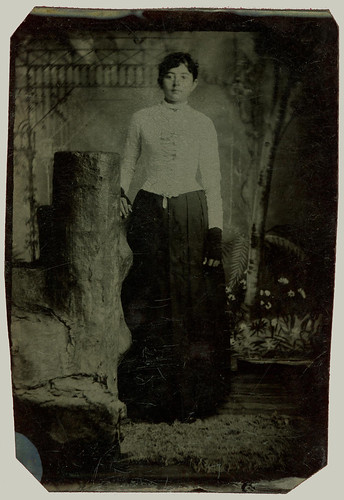

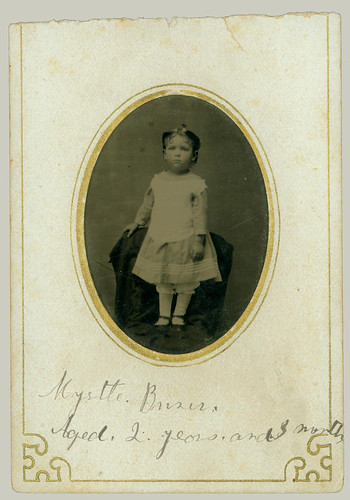
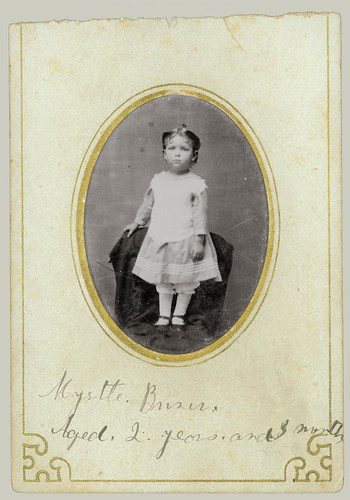
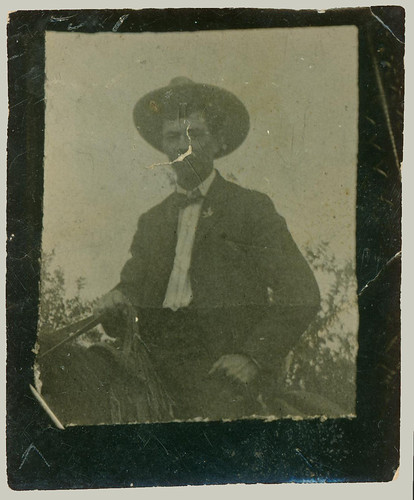
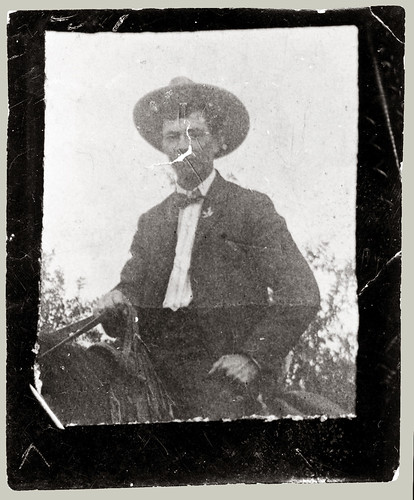
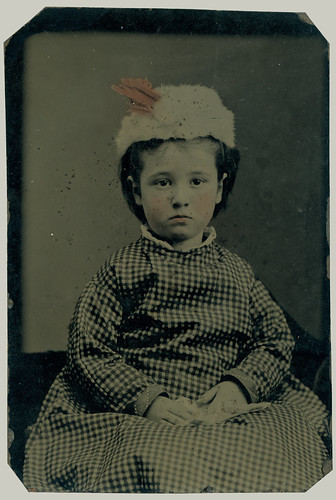
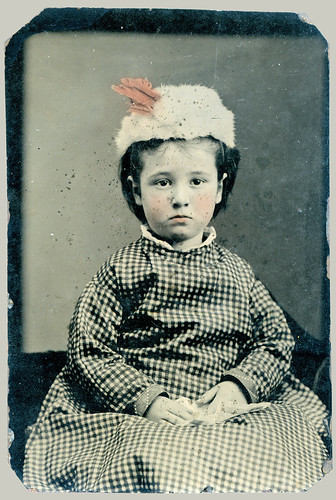
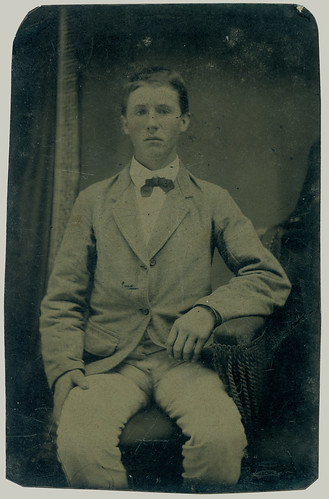
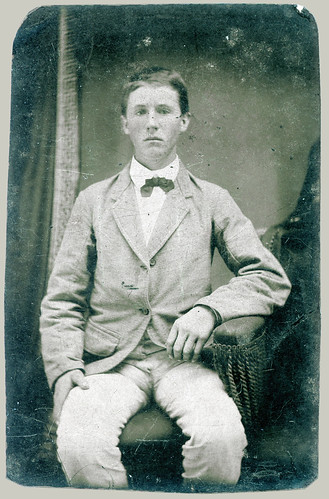
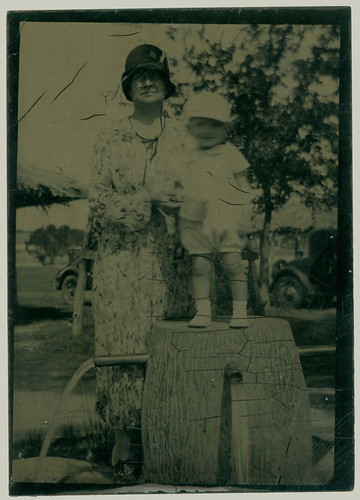
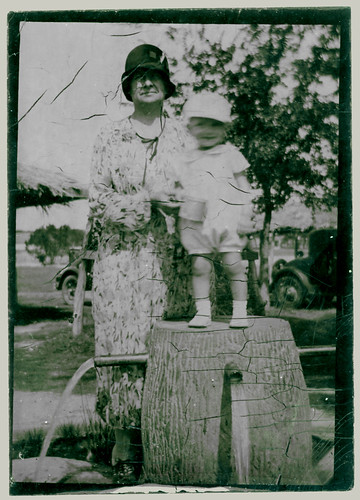

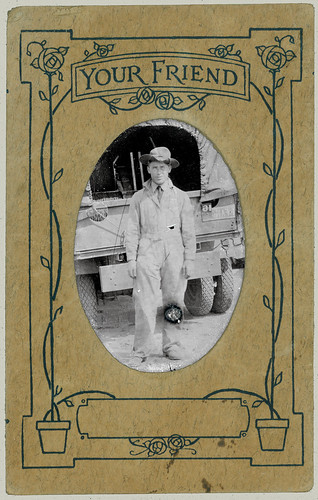
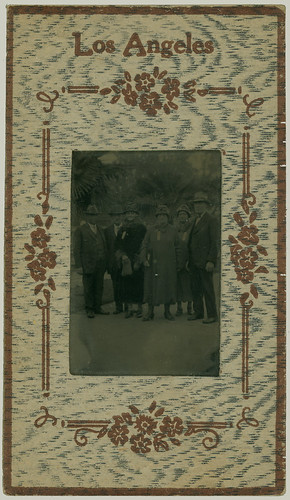
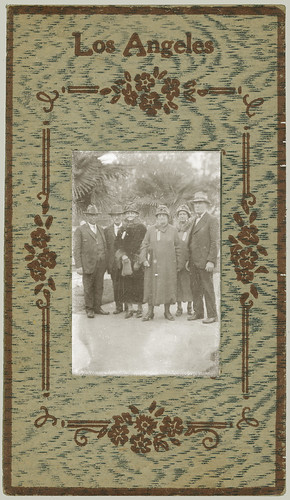

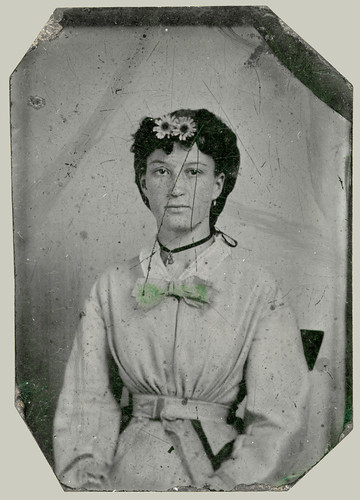

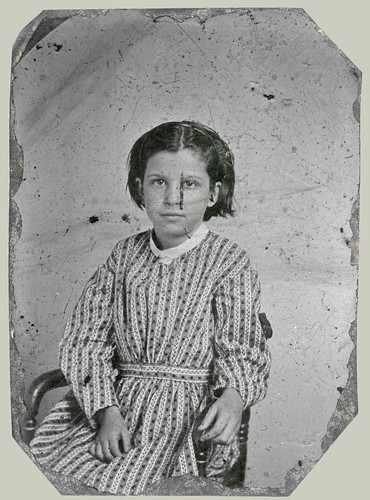
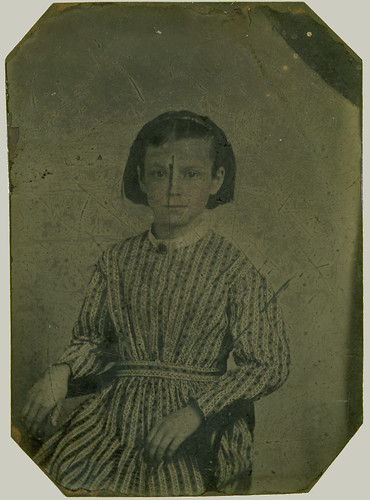
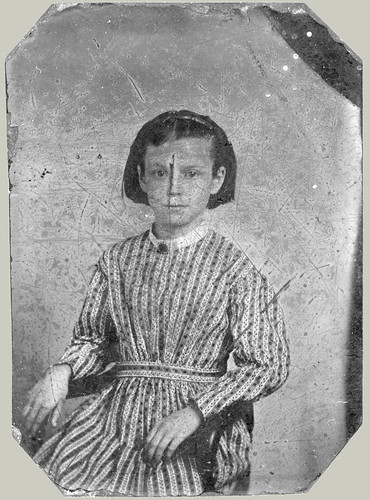
Nicely done, and great photos to have remained attached to their paper folders. I find that the image clarity of this early photo process, even with the dark black tone, is often better than the salt prints that came later. However it's frustrating that there is rarely any way discover the history about a individual tintype, since they get separated from the paper folder and there are no clues written on the metal. Recently I bought a tintype that is in a folder and though there is no annotation, it does have an orange 2 cent tax stamp which dates it to the Civil War years.
ReplyDeleteThanks Mike Brubaker. The clarity is yes, astounding sometimes. That might be due in part, by the elimination of one of the steps in the photo-process: No negative, just an image direct from the camera. But they did have some fantastic lenses too.
DeleteYes, the unmounted tintypes rarely have any accompanying information because of the black surface. Your find with the orange 2 cent stamp is a welcome exception.
These with the paper holders were a lucky find. They were mixed in with some CDVs and priced very reasonably. Sometimes the seller realizes their value and sometimes not. I once examined a small stack of tintypes that the seller had scratched his prices into the emulsion on the FRONT of the plate.